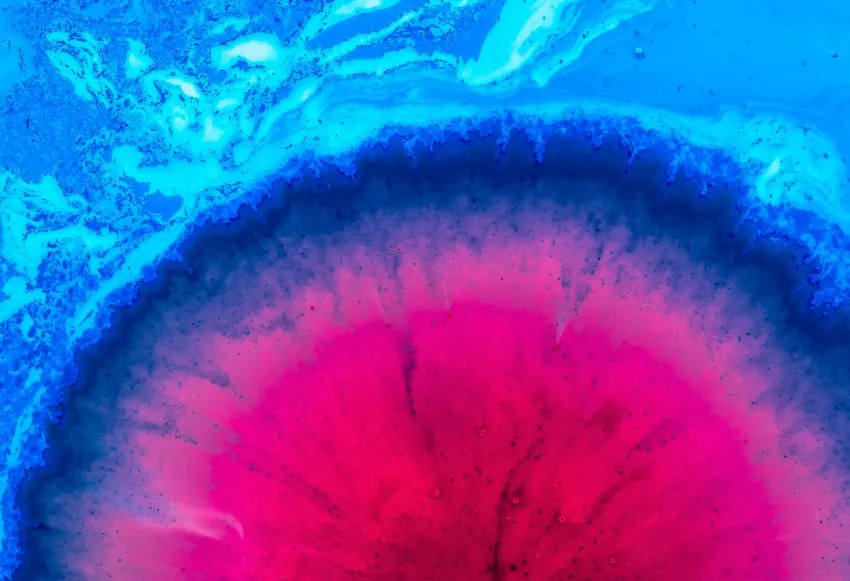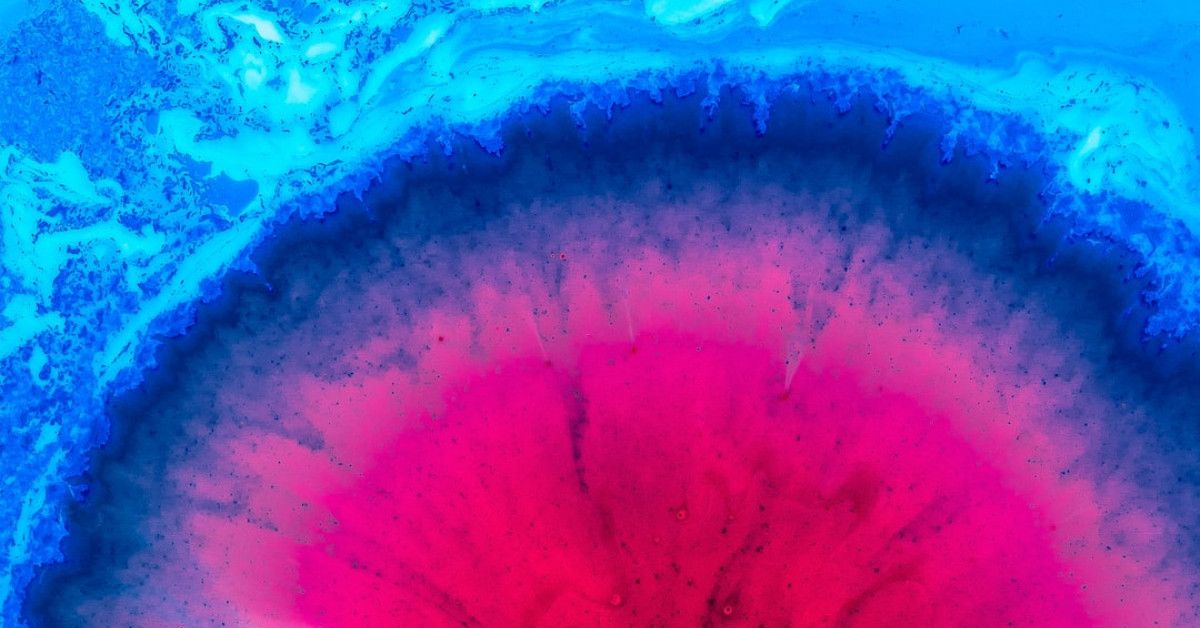Embark on a colorful journey into the world of natural hair care, where the beauty of handcrafted soaps blends seamlessly with the pursuit of healthy hair. Soap making is both an art and a science, with the power to transform simple, natural ingredients into vibrant bars that soothe, nourish, and pamper your locks. If you're looking to infuse life into your homemade hair soaps using Mother Earth's treasures, you've stumbled upon the perfect guide. Dive into the enchanting world of coloring soaps naturally, where every pigment holds a secret to brilliant hues and hair-care wonders.
The Magic of Natural Colorants in Homemade Hair Soaps
Harnessing the power of nature to color your homemade hair soaps not only brings a spectrum of eye-catching shades but also infuses your creations with the wholesome benefits of herbs, spices, and botanicals. Let's explore the endless possibilities lying in your kitchen pantry or flourishing in your garden that can transform your hair care regimen.
Why Natural Is the Way to Go for Hair Care
Natural ingredients ensure that you're not compromising the health of your hair or the environment. Artificial dyes often contain harsh chemicals that may lead to unwanted reactions, whereas natural colorants are gentle and often come with added hair-nourishing properties.
Essential Tools and Tips for Natural Soap Coloring
Before diving into our 56 natural colorants, it's crucial to have the right tools and knowledge at your fingertips:
- Double boiler: Essential for melting soap base without burning.
- Silicone molds: Perfect for creating uniform soap bars.
- Gloves: To protect your hands during the soap-making process.
- Pure, unscented soap base: A good canvas for your color additives.
- Herbal infusions and tea: Used for both color and their beneficial properties.
Remember, the timing of adding your colorant is key; add the ingredient too early, and it may not distribute evenly, too late, and it may not fully incorporate.
Steps to Prepare Your Natural Colorants
- Grind or purify your chosen element (e.g., flowers, spices) to a fine powder.
- Infuse the powder into a carrier oil or mix it directly into the melted soap base.
- Strain if necessary to ensure a smooth soap texture.
- Adjust to obtain the desired shade; natural colors can be unpredictable, and experimentation is part of the fun!
56 Natural Ingredients to Color Homemade Hair Soaps
Reveal the secret hues of natural ingredients that not only add beauty to your soap bars but also contribute to hair health. Here’s a spectrum of options, neatly presented in comparison for your soap-making adventure:
| Ingredient | Color Yielded | Benefits for Hair | Usage Tips |
|---|---|---|---|
| Annatto Seeds | Yellow to Orange | Antioxidants, protects hair | Infuse in oil; use sparingly |
| Alkanet Root | Purples to Blues | Natural dye, soothes scalp | Steep in oil before use |
| Activated Charcoal | Black | Detoxifying, adds volume | Blend directly into soap base |
| Beetroot Powder | Pink to Red | Nutrients, improves hair health | Pre-mix with a little water |
| ... | ... | ... | ... |
(Please note, this table is truncated for demonstration.)
Green to Blue: Chlorophyll and Indigo
Chlorophyll, extracted from plants, provides a soft green shade and nourishes the scalp with essential nutrients. Indigo powder, sourced from the indigo plant, creates a range of blues and is renowned for preventing scalp issues such as dandruff.
Using Plant-Based Greens and Blues
- Spinach or nettle powder can offer soft green hues and are filled with minerals beneficial for hair strength.
- Spirulina adds a vibrant blue-green color and is loaded with proteins and amino acids that fortify hair fibers.
Reds and Pinks: The Romantic Hues
For those seeking a romantic touch, nature's reds and pinks, such as madder root and rose clay, are perfect. Madder root brings out rich reds and is known for its hair-smoothing abilities, while rose clay offers gentle pinks alongside its cleansing properties.
Crafting with Reds and Pinks
- Creating a muted pink can be achieved by infusing your soap with rose petal powder which also benefits the scalp with its anti-inflammatory properties.
- Hibiscus flower powder yields a deep red and is famous for promoting hair growth and preventing premature graying.
Yellows and Oranges: Sunshine in a Bar
Incorporate the warmth of the sun into your soaps with ingredients like calendula petals and turmeric. Calendula is known for its soothing properties on the scalp, while turmeric provides luster to the hair and also aids in combating dandruff.
Bringing Sunshine to Your Soaps
- Using saffron strands can introduce a vivid yellow while also treating hair loss issues.
- Incorporate paprika for a fiery orange and take advantage of its vitamins A and E to maintain a healthy scalp.
Earthy Browns: Grounding and Nourishing
The earthy tones are brought to life with ingredients like cocoa powder and coffee grounds. Both offer various shades of brown and are popular for their scalp exfoliating properties as well as nurturing hair growth.
Mastering Earth Tones
- Cinnamon can be used to create a subtle brown and is appreciated for its stimulating effect on the scalp, which can help with hair growth.
- Walnut hull powder gives a deep, dark brown and is traditionally used to darken hair naturally.
Purples to Blacks: Mystique in Your Mixture
Achieve mystical depth in your soap bars with black walnut hull powder for a rich black, which also acts as a natural hair dye. Alkanet root, on the other hand, offers anything from violet to navy hues, along with its skin-soothing properties.
Crafting Dark Shades Naturally
- Elderberries can produce a deep purple hue and are known for promoting hair health due to their high antioxidant content.
- Black tea is another option for achieving a dark color while providing your hair with strength and shine.
Crafting the Perfect Soap: Techniques and Recipes
With the bounty of natural colorants at your disposal, it's time to craft soaps that are not only visually striking but packed with hair-care benefits. Here, we present some techniques and recipes to help you create your perfect hair care soap bars.
Basic Soap Making Process
- Melt your chosen soap base using the double-boiler method.
- Mix in the natural colorant to the melted base until desired shade is reached.
- Add any additional oils, herbs, or scents if desired.
- Pour the mixture into silicone molds and allow to set.
Recipe for Nourishing Nettle and Rosemary Hair Soap
Combine the hair-strengthening properties of nettle with the stimulating benefits of rosemary for a soap that encourages hair growth and scalp health. Create an infusion of these herbs to color and enhance your soap.
Tips for Success
- Experiment with the concentration of your colorants. Start small and build the color intensity as needed.
- Heat can affect the final color of your soap; always melt soap bases gently to avoid this.
- Some natural colorants can be pH sensitive, so be mindful of other ingredients you're adding to your soap.
The Verdict on Natural Soap Coloring
Coloring soap naturally is an exquisite way to elevate your hair care routine while staying true to eco-friendly and health-conscious principles. With the myriad of options available, you can achieve a rainbow of shades that are as beneficial for your hair as they are visually appealing.
As you embark on your soap-making journey, remember that each natural colorant offers a unique set of advantages for your hair. From the earthy tones of cocoa powder that envelop your strands in moisture to the bright zest of turmeric that invigorates and cleanses, homemade hair soaps crafted with these natural pigments are a testament to the alchemy of nature.
So go ahead, mix and meld earth’s colors into your hand-forged soaps. Nurture your hair with bars steeped in the hues of nature and rejoice in the satisfaction of crafting the prettiest, most nurturing homemade soaps. Your hair will thank you for it.

